Cemeteries and tomb steles

A number of Catholic priests in Beijing never returned to their birthplace. They died here. They were buried in two imperially designated cemeteries. One is the Zhalan Cemetery at Chegongzhuang, outside the 2nd West Ring Road, the other is the graveyard at the former Zhengfu Temple still more west in Haidian district; the latter was specially reserved for French Jesuit missionaries.
Some of the missionaries had lived in Beijing for decades. It all began with Matteo Ricci (Chinese name Li Madou, 1552-1610), the first European Jesuit missionary permitted to settle in Beijing. He died in 1610, ten years after he reached Beijing from Nanjing in 1601. Rather than being buried in Macao, the convention previously practiced for all foreign missionaries, Ricci was granted a burial site by the Shenzong emperor (r. 1573-1620) in Beijing, just outside the imperial city in the west, recognition of the legitimacy of Catholicism in the empire.
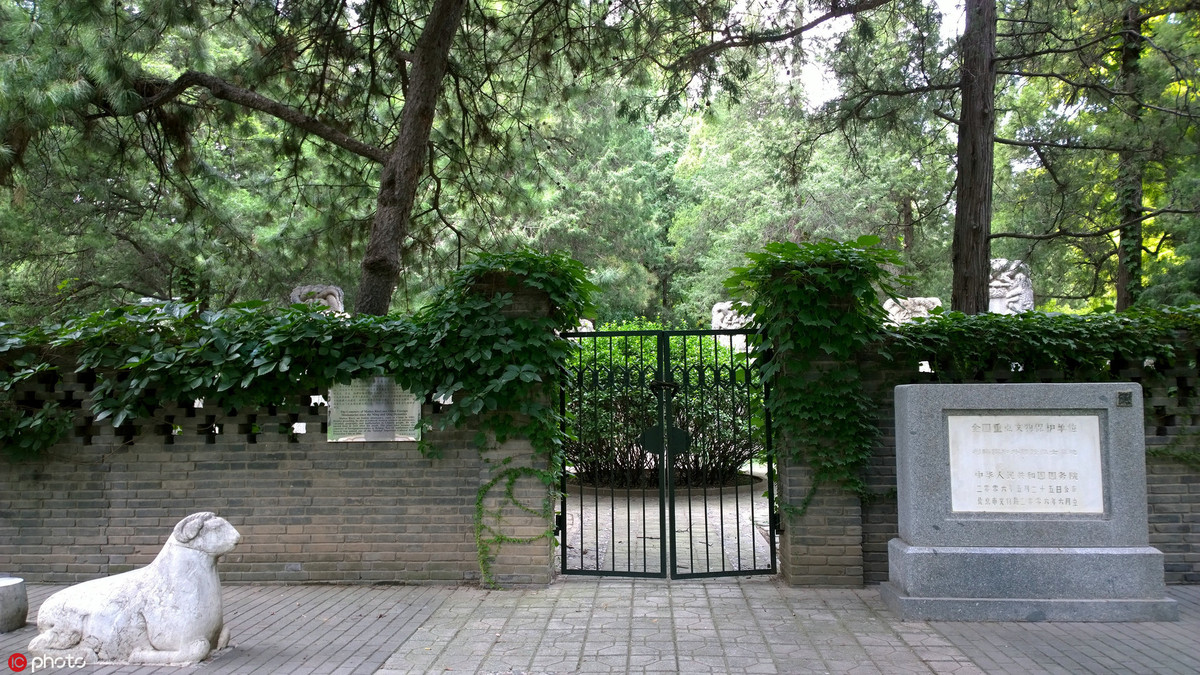
Matteo Ricci set up the first Catholic church in Beijing. His chapel became the predecessor of the seat of the archdiocese of Beijing -- the Cathedral of the Immaculate Conception, locally referred to as the "southern church". He also introduced the Western celestial sphere, astrolabe, and other small-scale astronomical instruments to China. Befriending Chinese gentry officials and making them his close associates, Ricci pioneered a way of preaching Christianity through sharing of scientific knowledge.
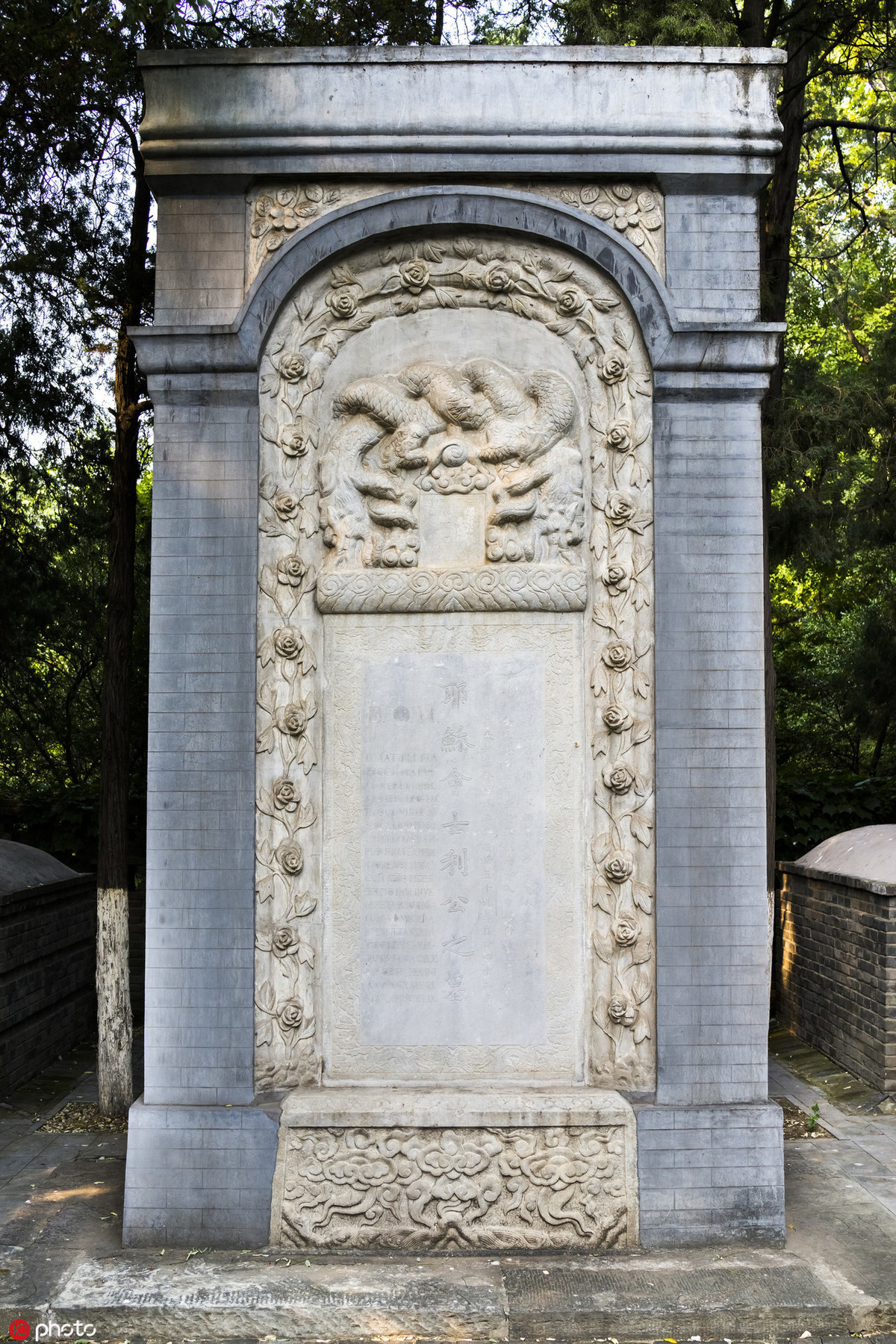
Zhalan Cemetery, Xicheng district
Address: 10 Chegongzhuang Avenue, Xicheng district
Over 60 grave stones of European missionaries stand here, including those of Matteo Ricci, the German Jesuit Johann Adam Schall von Bell (Chinese name Tang Ruowang, 1591-1666), the Belgian Jesuit Ferdinand Verbiest (Chinese name Nan Huairen, 1623-88), the Portuguese Jesuit Gabriel de Magalhaens (Chinese name An Wensi, 1609-77), and the Italian Jesuit Giuseppe Castiglione (Chinese name Lang Shining, 1688-1766).
There were hundreds more Catholic priests and clerks buried here, but their tombs and grave steles did not survive the Boxer Rebellion in 1900 and the Cultural Revolution during the 1960s and 1970s. Those two historic incidents inflicted serious damage on the cemetery, destroying tombs and breaking or appropriating grave tablets.
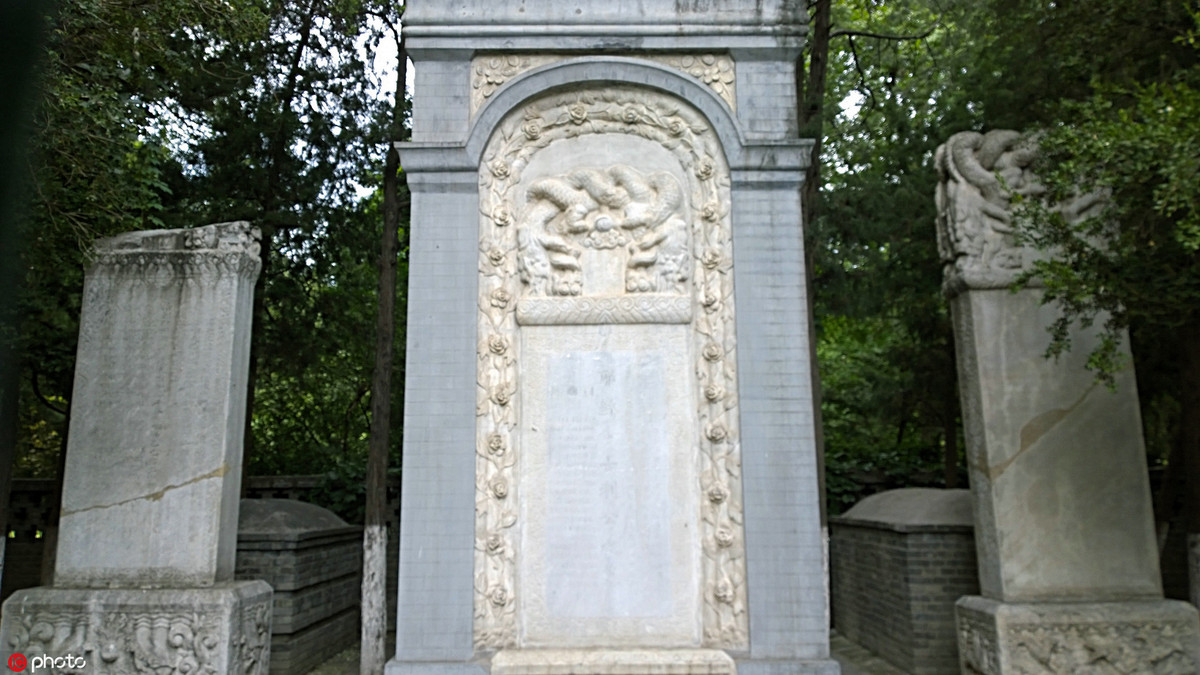
Today, the government has had the cemetery renovated, so that the tombs with tablets of Johann Adam Schall von Bell, Matteo Ricci, and Ferdinand Verbiest are reserved in the primary position of the cemetery, while other grave tablets are collectively installed in a quiet nearby yard.
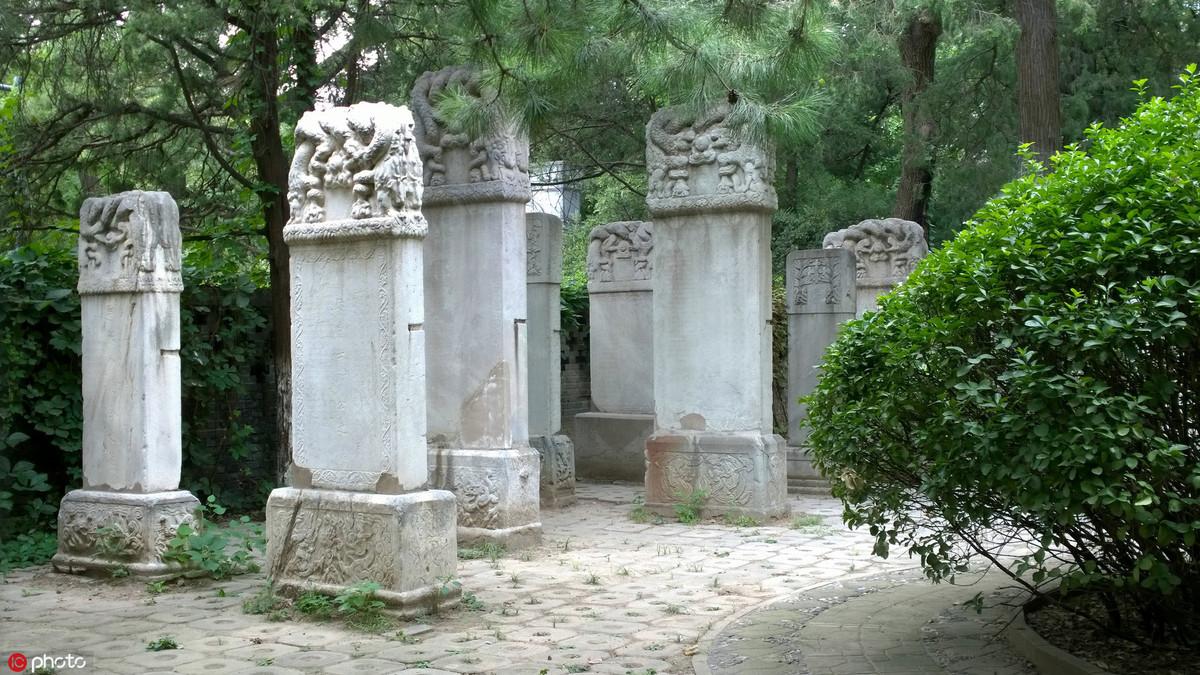
The former Zhengfu Temple Cemetery (never exist today)
Former address: Zhengfusi Village, Haidian district
The cemetery was built more than 120 years later than the Zhalan Cemetery with the permission of the Emperor Yongzheng (r. 1723-35) in the Qing Dynasty (1644-1911). It was specially dedicated to missionaries of French nationality, and named after its location -- the Zhengfu Temple, the site of the ancestral temple of the accomplished Ming Dynasty (1368-1644) general Xu Da (1332-85).
The French Jesuit missionaries were a special force in discovering and studying China, and transmitting Western science and technology to China from the late 17th century to the late 18th century.
Ever since the first five "King's mathematicians" arrived in China, French Jesuits adopted a unique way of preaching religion through introducing European science and technology. Jesuits, among other Catholic societies, were the most learned group. Some of the French Jesuit priests entombed here, including Joachim Bouvet (Chinese name Bai Jin, 1656-1730), were academicians of the French Academy of Sciences before they embarked on the long journey to China.
The first priest interred here was Jean-François Gerbillon (Chinese name Zhang Cheng, 1654-1707), who, before his death, had served in the imperial court for over 40 years, impressing the Emperor Kangxi(r. 1662-1722) with his extraordinary scientific attainments. With a dose of quinine, Gerbillon and Bouvet even saved the life of the emperor who suffered from a persistent fever caused by malaria.
Stone Carving Art Museum
Address: 24 Wutasi Village, Haidian district (installed in the Five-pagoda Temple)
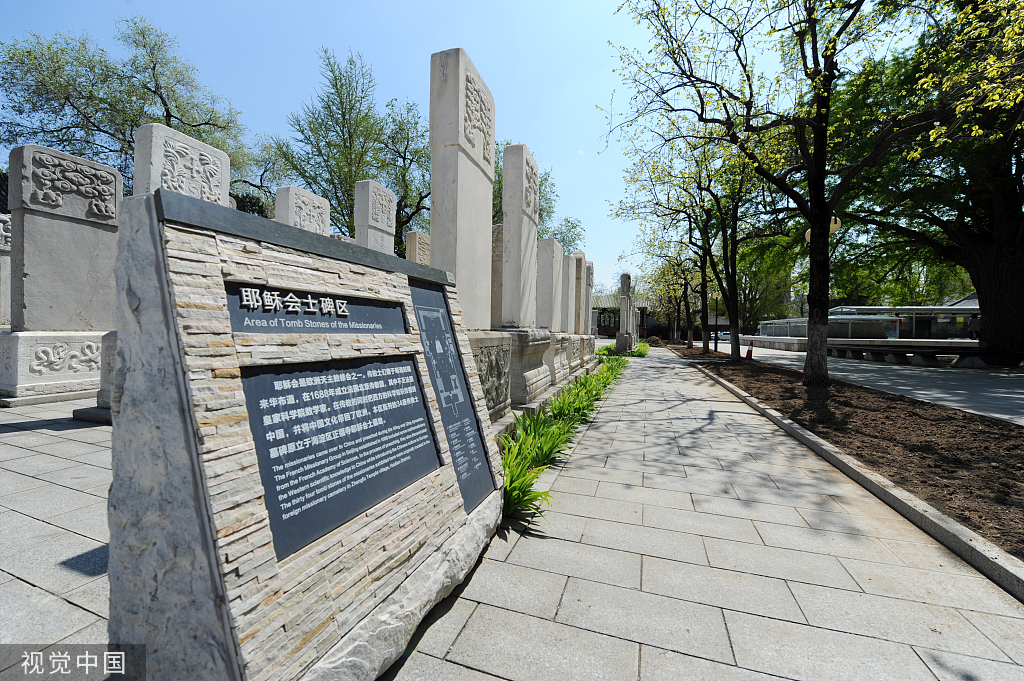
The Zhengfu Temple Cemetery used to be adjacent to a church and a church school in the 19th century, but they didn’t survive the destruction of the Boxer Rebellion and the Cultural Revolution.
The tomb tablets were left unattended and were lost. For a time, no one knew their whereabouts, only sections of the outer walls and a broken boundary stele inscribed with three Chinese characters reading "Tian Zhu Tang" (Catholic Church) are left.
In 1987, upon the inauguration of the museum in Beijing, a total of 36 tomb tablets with the provenance of the Zhengfu Temple Cemetery were displayed as its permanent collection. Among them were those of Gerbillon, Bouvet, Dominique Parrenin (Chinese name Ba Duoming, 1665-1741), François-Xavier d'Entrecolles (Chinese name Yin Hongxu, 1662-1741), Pierre d'Incarville (Chinese name Tang Zhizhong, 1706-57), Michel Benoist (Chinese name Jiang Youren, 1715-74), and Pierre Martial Cibot (Chinese name Han Guoying, 1727-80).


